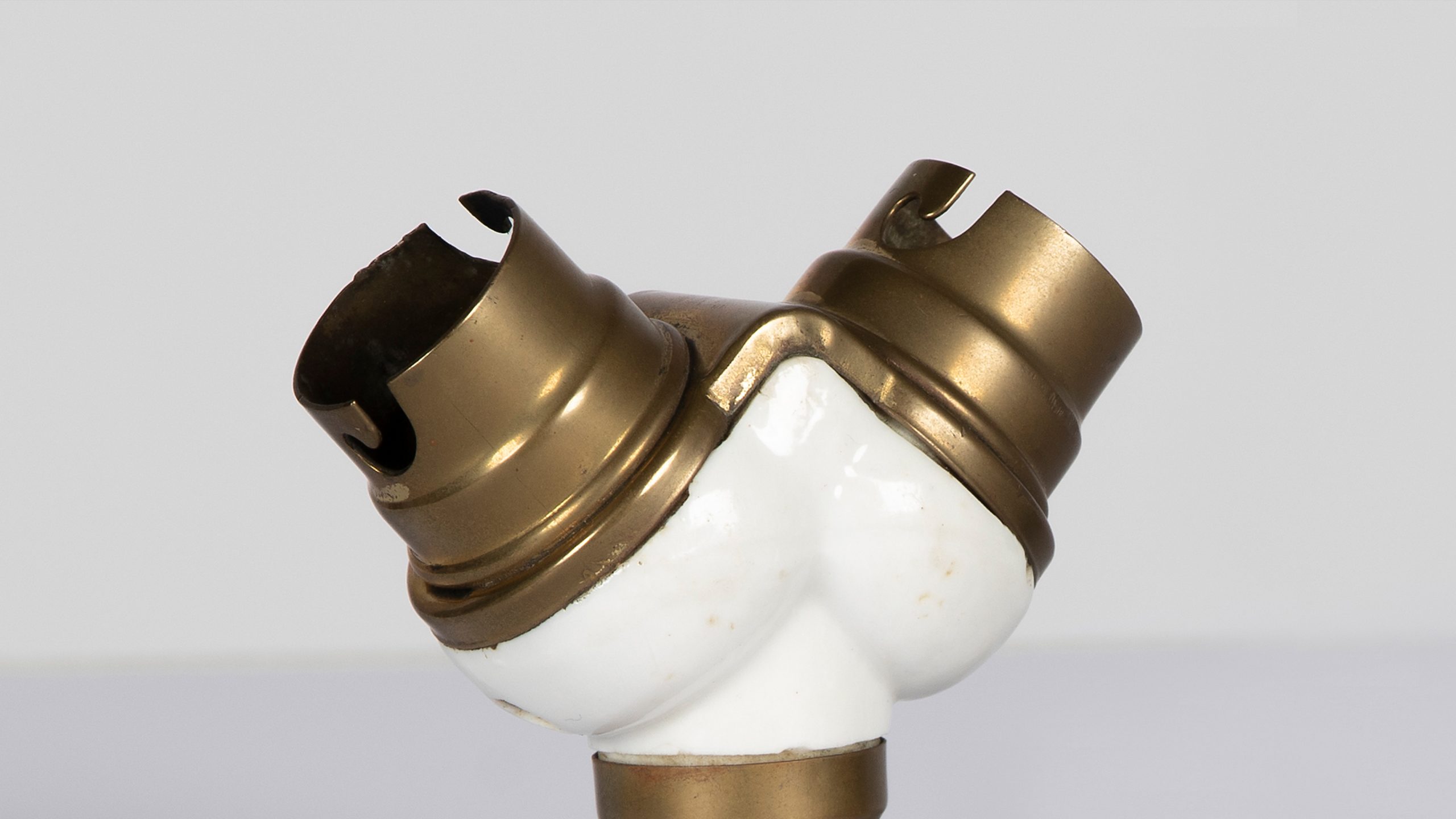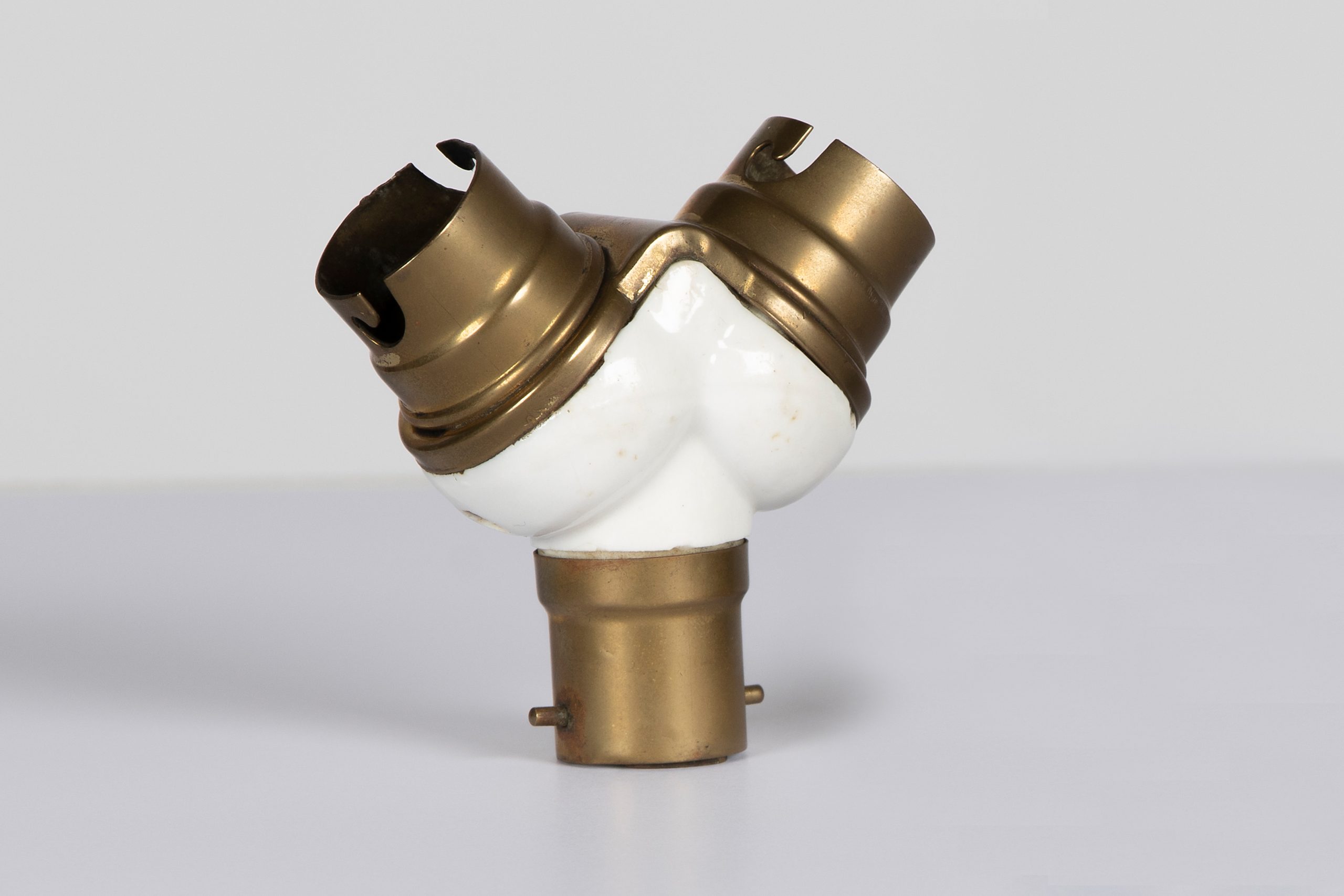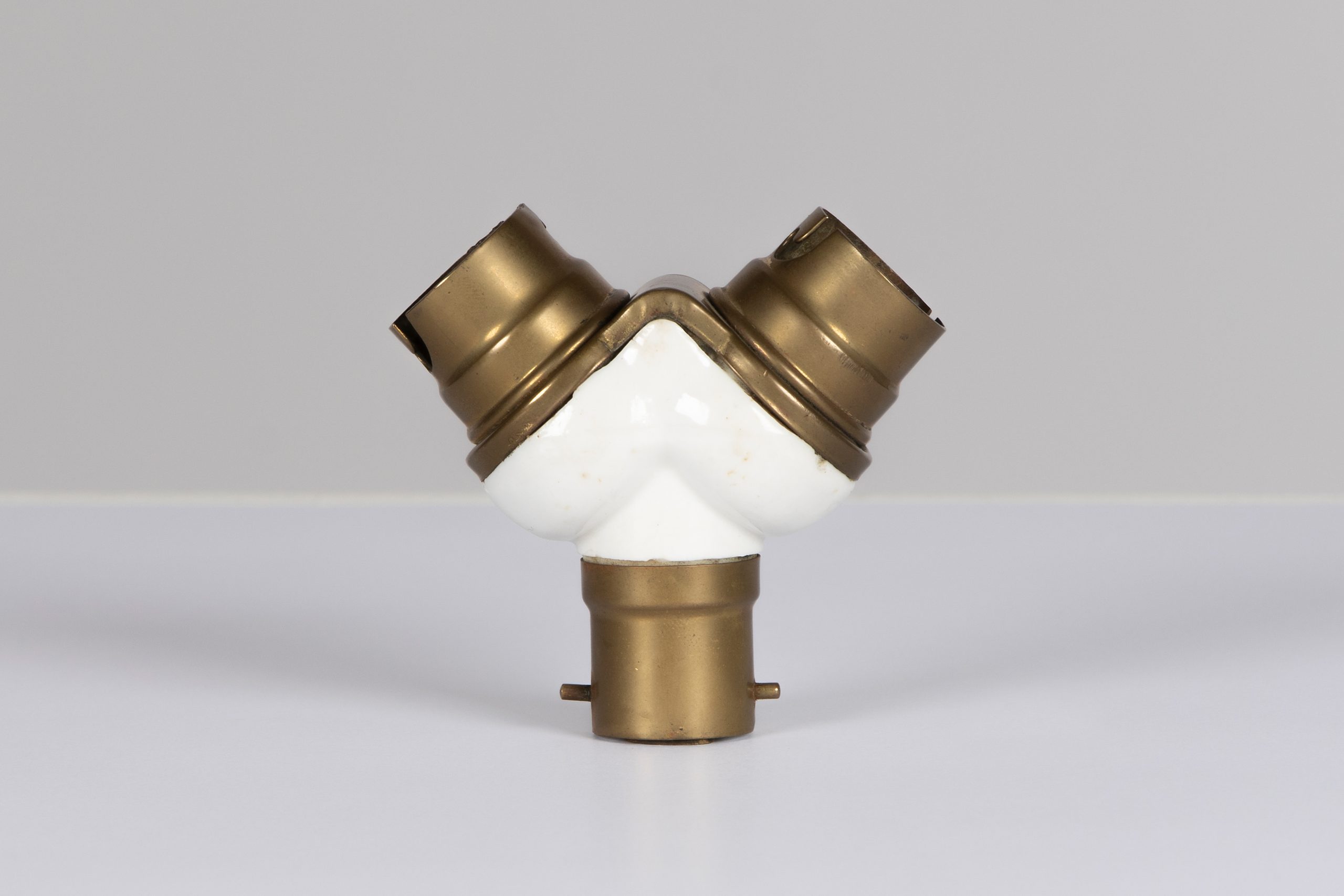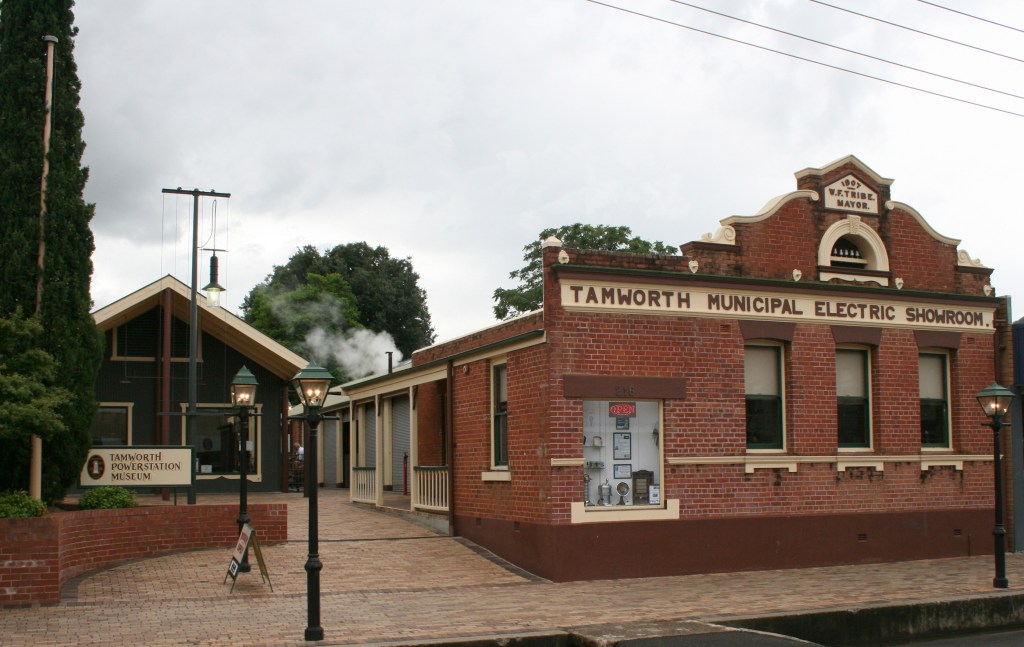Give Me Power
Introducing Light Socket Power Adaptors
With most of our appliances requiring power, new houses have multiple power points. If you’ve ever lived in an older, unrenovated building the frustration of not enough power points is very real.
Electricity was first introduced into Australia for lighting. Stoves burnt fuel such as wood, heating was an open fire or oil heaters, while refrigeration was by a physical block of ice, evaporation, or in more well to do homes, a temperature transfer from burning kerosene.
When a new radio wireless was brought home, it might require its own new power point to also be installed. Every other appliance would need a power adaptor such as these plugged into a light socket to supply the necessary power.
It wasn’t until the 1930s that standard plugs, fittings and even power began to be made uniform across the country. At the time there were 71 different types of power plugs on the market. These two different adaptors are examples of a two pin power plugs and one for bayonet sockets. From these a cable was run to the appliance. Lacking an earth to ground and prevent electrical faults from becoming dangerous, these adaptors would hardly be seen as safe now. If someone turned on the light switch while you were fitting it, you ran the risk of a shock, even electrocution.
In 1959, forty-two people were electrocuted in NSW from set ups like this leading to campaigns such as the Electrical Authority of NSW’s ‘Mr Safety Pin’ calling for more power points to be fitted in homes and the importance of all electrical circuits to be earthed.






